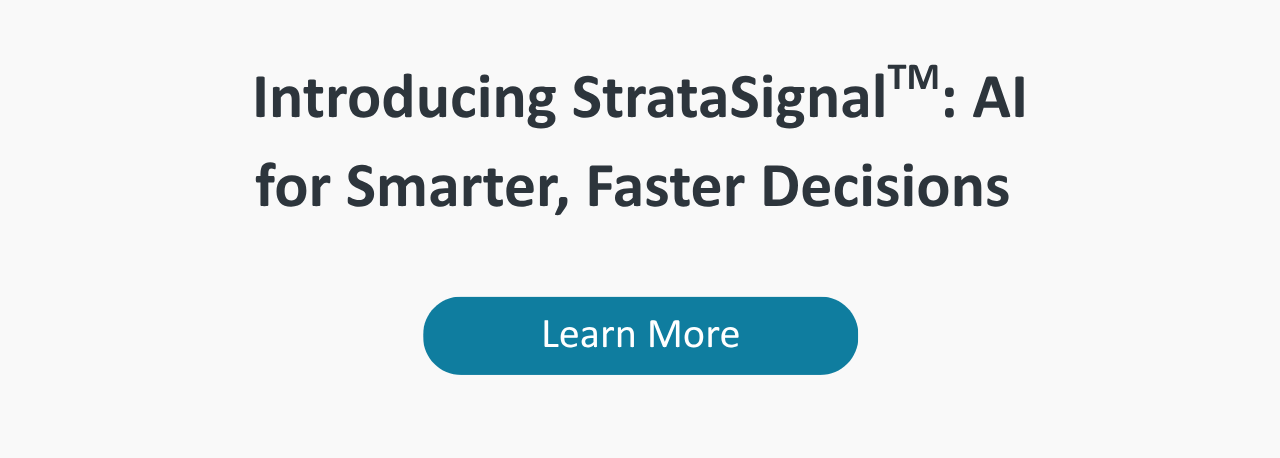U.S. hospitals, health systems, and other healthcare organizations continue to face the challenges of widespread staff shortages and high turnover rates across the industry.
The impacts extend from clinical roles to executive leadership positions. Staff turnover rates for nursing, for example, are 24% nationwide,i and federal agencies project a nationwide nursing shortage of nearly 208,000 by 2037.ii At the same time, nearly half of healthcare executives plan to leave their organizations within the next year, according to an analysis by staffing firm AMN Healthcare.iii
Now, more than ever, healthcare leaders need the ability to make efficient and informed healthcare staffing decisions that maintain top talent. Yet many organizations lack the ability to streamline more routine and clear-cut hiring decisions for high-turnover departments or positions, such as registered nurses. As a result, critical patient care roles take longer to fill, forcing overreliance on costly contract labor and overtime to maintain appropriate levels of care.
Slower processes for more routine hiring decisions also cause delays in hiring for executive leadership roles that require more complex decision-making. These challenges drive up labor costs, exacerbate staffing shortages, and result in the loss of highly sought-after candidates in a competitive healthcare labor market.
Delayed and inefficient hiring decisions can impact culture and contribute to future turnover. The AMN Healthcare survey of 588 healthcare executives found that 44% cited organizational culture as the top factor for leaving their organizations. Effective, thoughtful hiring decisions that align human resources (HR), finance, and operations promote a stronger culture. Building a strong culture begins with building strong teams.
High effort and misalignment make for a too-long process
Leaders increasingly see healthcare workforce planning as a top priority, but organizations face obstacles to effective position control. Position control focuses on managing a workforce by tracking and organizing jobs as positions rather than by the individual employees filling those positions. The process strives to ensure that positions are added or subtracted, repurposed, or rearranged in a data-driven way that makes sense for the entire organization. For successful position control, organizations need alignment and data to drive thoughtful hiring decisions.
Unfortunately, many organizations continue to rely on fragmented, outdated hiring processes that require data to be aggregated manually across systems and departments — an approach that simply takes too much time and effort. Position review committees then are tasked with reviewing the data and making hiring decisions based on numerous factors, such as institutional goals, available resources, and patient demand.
The result often is a lack of visibility, awareness, and even alignment. Because much of the deliberations occur behind closed doors, managers who submit position requests can feel as though decisions are made in a black box.
Position review committees typically include leaders from across an organization, and meetings therefore involve a lot of time and expense. Rather than working through a long list of relatively straight-forward decisions on high-turnover roles, such meetings should focus the bulk of the time on a limited list of strategic positions.
Using numerous tools means an incomplete picture
More than two in five healthcare finance professionals surveyed at a recent Strata event cited difficulties aligning healthcare staffing plans with organizational goals and the budget as their greatest challenge in position control. To align plans and goals, leaders need the ability to integrate data and information from disparate systems for a more complete picture of an organization’s overall staffing needs and priorities.
Using financial data paired with request submissions is not enough to facilitate informed hiring decisions. Data on performance against the budget, alignment to other organizational targets, and the status of requests as they pass through review allow for a more streamlined and strategic approach.
Improving position control for healthcare
As mentioned, disjointed data and manual processes are key challenges to successful position control. They make it harder for healthcare leaders to make informed decisions or maintain alignment among key groups that need to participate in the process.
Healthcare position control software, such as StrataJazz® Position Control, allow organizations to easily integrate data already flowing through their enterprise performance management (EPM) systems with the data from their enterprise resource planning (ERP) and human capital management (HCM) systems. The solution creates a complete feedback loop by importing requests from third-party systems and exporting them back into those systems once actioned.
Unified data and purpose-built workflows streamline collaboration between stakeholders and accelerate healthcare staffing decisions. The StrataJazz® platform can integrate internal (and external) data from different modules — such as financial and productivity data — to support more consistent, informed decisions and ensure alignment among business functions. The Position Control solution also includes mapping logic that smooths data integration, such as reconciling job codes and full-time equivalents (FTEs). Finance leaders can leverage easy-to-read dashboards to provide full visibility into workforce metrics, such as FTE-to-headcount ratios, budget vs. actuals, and role justification to enhance transparency across departments.
Taken all together, these capabilities represent the evolution of position control. They take it from a largely manual, time-intensive approach — that contributes to hiring delays, unfilled roles, over hiring or misaligned staffing, and lost candidates — to a more efficient, streamlined, and strategic approach that helps organizations respond quickly to staffing gaps, reduce costs, and align with broader institutional goals. While labor shortages likely will remain a persistent challenge across the healthcare industry, establishing effective position control processes can help healthcare leaders be more agile and strategic in addressing the unique needs of their organizations.
To learn more about how technology can improve the position control process, view an on-demand webinar hosted by Becker’s Hospital Review.
i Twenter, P.: “Healthcare Employee Turnover, By Role.” Becker’s Hospital Review, April 25, 2025.
ii The National Center for Health Workforce Analysis: “Health Workforce Projections, 2022-2034.” Health Resources & Services Administration, November 2024.
iii Reynolds, K.A.: ”Wave of Turnover Looms as Nearly Half of Healthcare Executives Plan to Exit in 2025.” Physicians Practice, April 3, 2025.
Explore healthcare staffing resources

CFO Outlook for Healthcare

4 Ways to Improve Physician Operations



